Scientist-led conferences at Harvard, Stanford and MIT
-
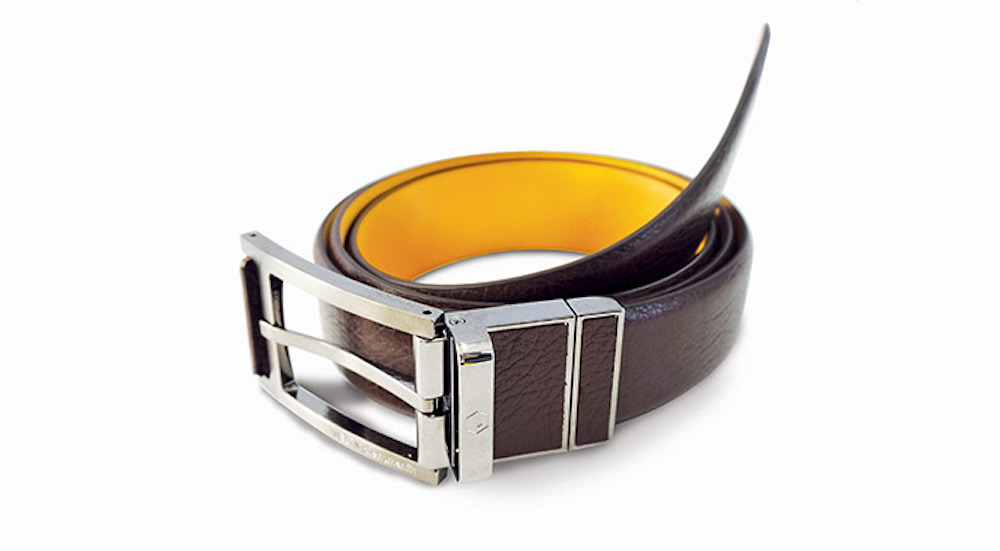
Smart belt measures waist size, eating, sitting, steps taken
As health sensors are increasingly integrated into everyday items, Samsung has announced a multi parameter monitoring belt, which will debut at CES next week. WELT records one’s waist size, eating habits, steps taken, and the amount of time spent sitting. Data is sent to an accompanying app. It is speculated that the smart belt will…
-

Comprehensive health wearable chip; no external processing required
Samsung’s Bio-Processor is an “all-in-one health solution chip” that includes multiple control and sensor units and does not require external processing. The self sufficient chip integrates Analog Front Ends, a microcontroller unit, a power management integrated circuit, a digital signal processor, and eFlash memory. The five AFEs include bioelectrical impedance analysis, PPG, ECG, and galvanic…
-

Baby wearable gauges development, suggests interactions
ApplySci predicts significant growth in the use of wearables for babies, toddlers, and pregnant moms. The Smilables system combines a baby-worn ankle bracelet with an app for parents that suggests structured interactions. The baby is monitored in real-time to identify the times that he/she would be most receptive to interventions. Caregivers are alerted throughout the…
-

Wearables monitor health, safety at work
IBM Research in Haifa, Israel, is developing wearable tech to monitor health and safety at work. Sensors will be integrated into helmets, vests, and gloves, to track worker activity and location. Data can identify risky situations, such as exposure to extreme temperatures, noise, and gas. Lifting angles that can injure the spine, overexertion and hydration…
-

Respiratory motion system for improved lung tumor imaging
U of T professor Shouyi Wang has developed a mathematical model based, personalized respiratory motion system for more precise lung tumor imaging. Respiratory gating, or a patient’s motion breath-by-breath, is monitored, and the data is used to focus a radiology beam on the target when the chest cavity is relaxed. This is the stage that…
-

CTE/sports head trauma link examined
BU, Cleveland Clinic, Banner Alzheimer’s Institute and Brigham and Women’s have received a $16 million NIH grant to improve the detection and diagnosis of chronic traumatic encephalopathy, and examine risk factors for the disease. The study is the first to examine CTE in living patients, with the goal of understanding the link between CTE and head…
-
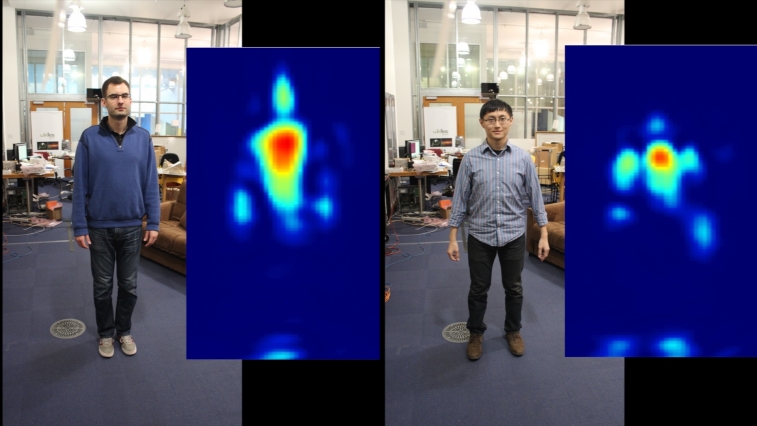
“X ray” vision for fall prevention, motion detection
Dina Katabi and MIT colleagues are using radio signal based software to recognize human silhouettes through walls, and track movements. The technology is intended to help monitor children and the elderly, and could be used by the military and the police. The signal is displayed on a screen, where movements are tracked in real time. The person is…
-
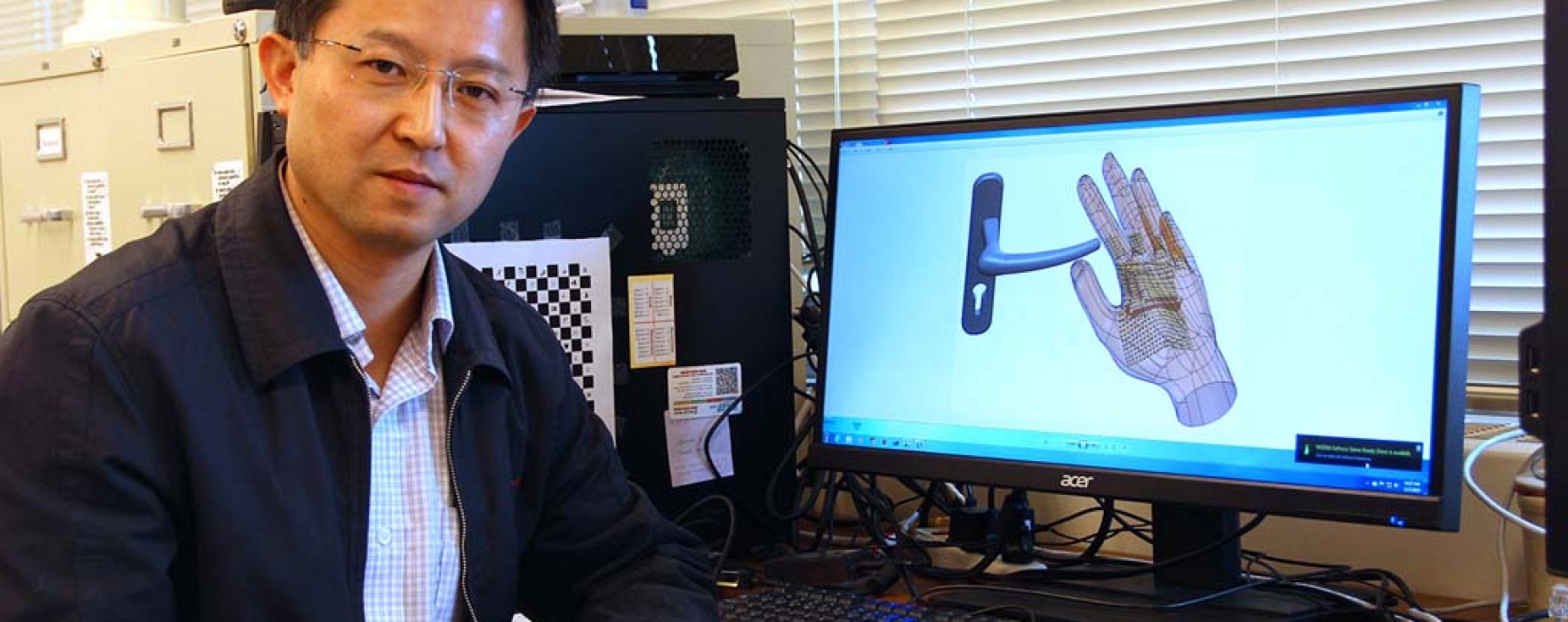
Robotic “glove” helps sight-impaired navigate, sense, grab objects
University of Nevada’s Yantao Shen is developing a hand-worn robotic device to help blind and sight impaired people navigate around obstacles, or locate, sense and grasp objects. Examples include picking up a glass or operating a door handle. The technology combines vision, tactile, force, temperature and audio sensors. According to Shen: “The visual sensors, very high…
-

Study: Thalamus stimulation alters activity, alertness
Stanford researchers have used optogenetic lasers targeted at the thalamus to turn whole-brain activity on and off in rats. They hope that this will lead to improved optogenetic therapy for humans, as the thalamus controls memory, attention, and sleep. The study was led by Jin Hyung Lee, Hyun Joo Lee, Jia Liu, Andrew Weitz and Zhongnan Fang.…
-
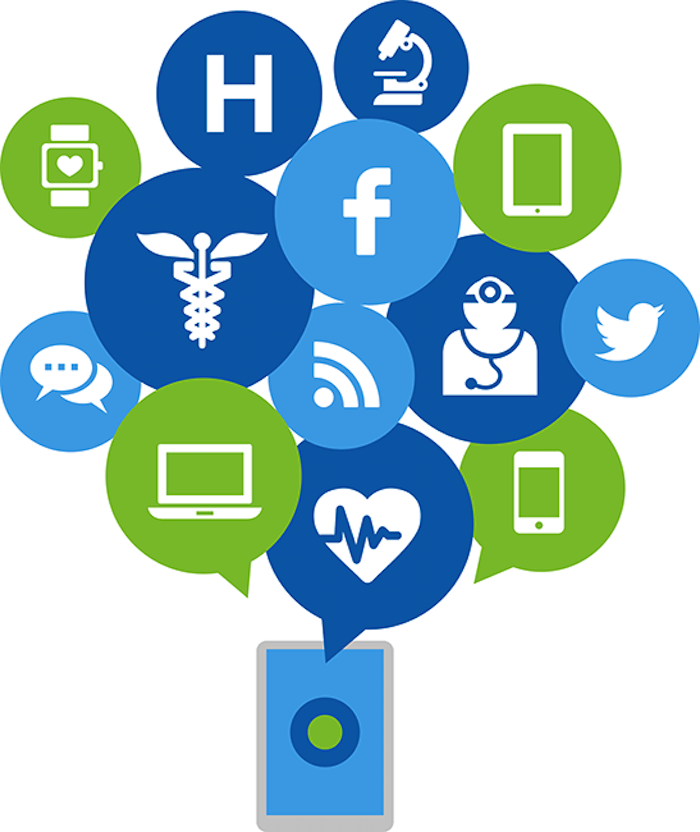
AI for diabetes management
Novo Nordisk and IBM Watson are partnering to create an AI system to help diabetes patients better manage their disease. Data from continuous blood sugar monitors will be analyzed and used to inform treatment decisions, such as insulin dosage. Food intake, exercise and the timing and dosage of insulin injections could also be added to…
-
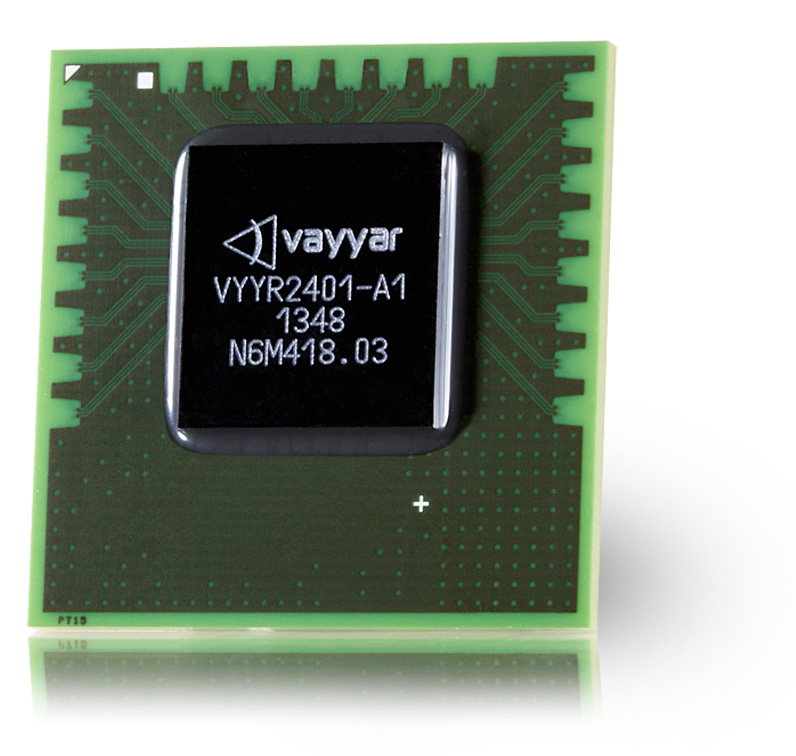
Mobile 3D imaging for early breast cancer detection
Vayyar is a 3D imaging company that aims to turn every mobile device into an advanced imaging system. The company, which focuses on breast cancer detection, among other applications, claims that it can better detect anomalies, at an earlier stage, than traditional methods. The technology will be demonstrated at CES next month. ApplySci looks…
-

Multi-function wearable tracks steps, sleep, ovulation
Many who wear multiple wearables like the idea of streamlined, multi-function devices. Leaf by Bellabeat is one such monitor, designed for women. It tracks steps taken, sleep quality, menstruation and ovulation, and offers guided breathing exercises to reduce stress. The attractive device can be worn as a pendant around the neck, as a bracelet on the…
Got any book recommendations?